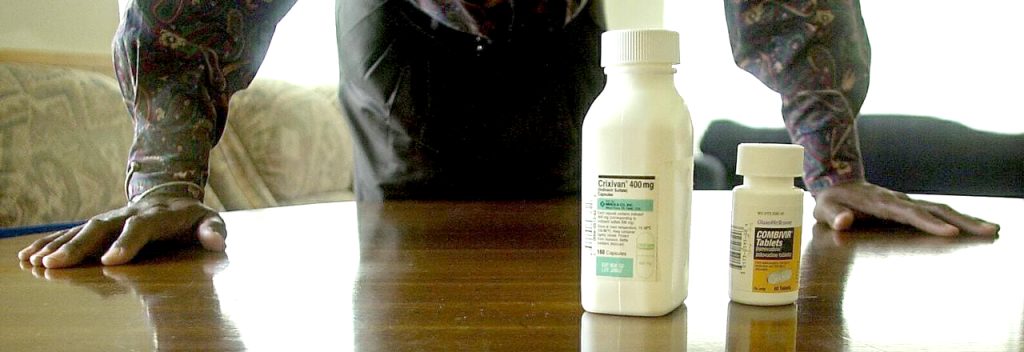Eleven counties in Alabama have HIV rates considerably higher than the national averages, according to a recent study from the University of Alabama.
Researchers looked at Medicaid data to find which parts of the state have elevated HIV rates and found that three Black Belt counties are severe hot spots, with rates more than doubling even the state’s average, Perry, Dallas and Lowndes Counties.
The purpose of the study was to understand the characteristics and demographics of where HIV is spreading the most in Alabama. Researchers found that the Black belt counties with the highest rates of HIV were not the poorest or least educated in the state, although poverty and educational attainment were challenges.
Researched looked at 9.861 Medicaid recipients across all counties in the state to learn where HIV rates are the highest.
More research is needed to understand why HIV hot spots continue, said study author Dr. Karen Johnson, a social work professor from the University of Alabama.
She said access to preventative HIV drugs are likely reasons along with stigma about the disease.
“It is not uncommon for someone in the Black Belt who is living with HIV to travel hours to try to get HIV medication, not because they couldn’t get medication closer to home, but because of the stigma associated with it,” said Johnson.
In Alabama and across the nation, HIV has long been spread at high rates in communities of color, said Johnson. She said that is likely due to a discomfort with treatment providers due to a history of problematic care.
“Access to care is incredibly vital (along with) information that is reliable and from trusted sources,” she said.
The population of Alabama’s three hot spot counties is majority Black. Perry County is 67.9 Black, Dallas is 70.5 and Lowndes is 72.5 percent Black according to the study.
According to Johnson, studies have long shown regional differences in HIV outcomes. In Mississippi, for example, HIV rates are highest in urban areas whereas in Alabama they are highest in rural counties. Nationally, HIV rates have been falling, due to the availability of preventative drugs. In some hot spots, like Alabama’s, however rates are rising. Johnson said many people don’t realize such drugs exist.
While the national HIV Medicaid claims rate is 11.5 per 100,000 recipients, Alabama’s average rate is much higher at 67.9 per 100,000. Eleven Alabama counties have rates higher than 100 per 100,000. In Perry County HIV the claims rate is 178.29 per 100,000, in Dallas it was 224.72 per 100,000 and in Lowndes it was 139.81 per 100,000.











